In the design of firebox hot water boilers by Packman Company, the three passes of flue gas start from the boiler furnace. The gas then passes through the second furnace, returns to the second-pass tubes, and is transferred from the front door to the third-pass tubes. The exhaust gas is directed towards the boiler flue after passing through the third pass tubes, which are located at the end of the boiler.
Packman Company’s firebox hot water boilers are produced as fire-tube and three-pass systems according to the BS-EN-12953 standard.
The furnaces of hot water boilers are manufactured according to the standard capacities using unique machines, and are constructed in a corrugated (ribbed) design. In the construction of corrugated furnaces, skill in calculating and producing the depth and pitch of each corrugation is very important. Packman Company, with over 50 years of experience in manufacturing steel boilers, has achieved this expertise.
Additionally, because the combustion chamber of firebox boilers is narrower compared to three-pass hot water boilers, firebox boilers are smaller than three-pass hot water boilers at similar capacities.
Packman Company’s boilers undergo stress-relief treatment according to the specified capacities and thicknesses, as per the aforementioned standard. The thickness of which is determined according to the boiler’s operating pressure.
The boiler tubes are made of ST35.8 seamless steel, which is exclusively imported by Packman Company from European countries.
Heat-resistant pipes are welded using special equipment with the method of fusion welding (for welding the network).
Boilers at Packman Company are welded using sub-arc and flux-cored welding machines from Isab Sweden, and with electrodes from Isab, Geka, and Ama. The welding of boilers is carried out under the strict supervision of Packman Company’s Quality Control (QC) team according to specified Welding Procedure Specifications (WPS). All necessary tests, including Ultrasonic Testing (UT) or Radiographic Testing (RT), are performed on the welds.
It should be noted that inspectors from the Standards Administration are permanently present at Packman Company (resident representative of the Standards Administration), and they review all necessary documents and tests. Upon delivery of boilers from Packman Company, standard plates will be provided, and if requested, documents such as WPS, PQR, etc., will be presented to the customer.

 Boiler
Boiler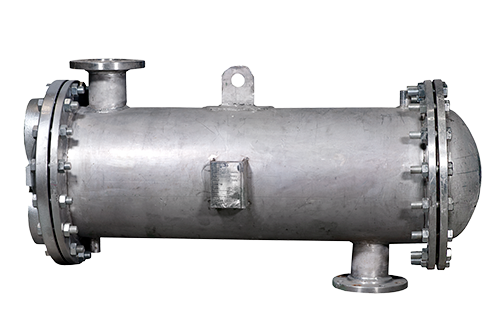 Heat Exchanger
Heat Exchanger Pressure Vessel
Pressure Vessel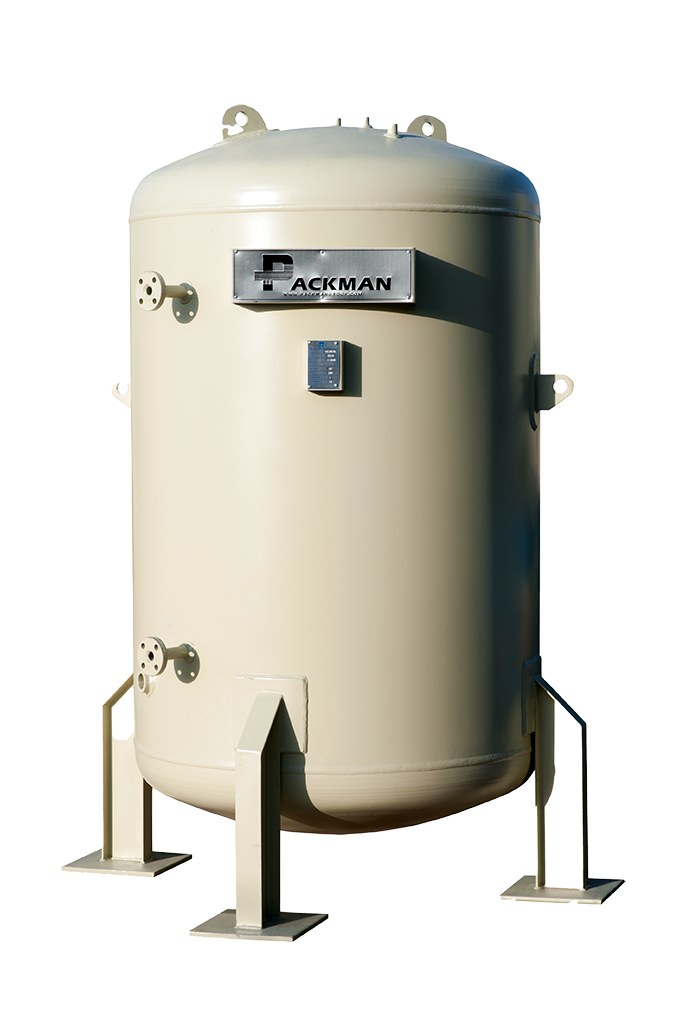 Storage Tank
Storage Tank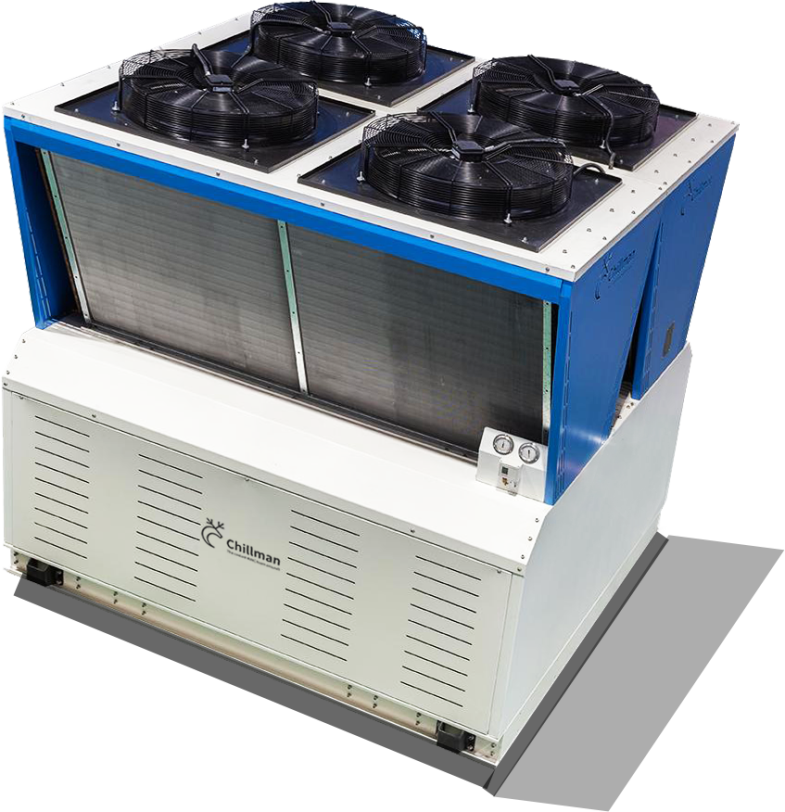 Scroll Aircooled Chiller
Scroll Aircooled Chiller Screw Aircooled Chiller
Screw Aircooled Chiller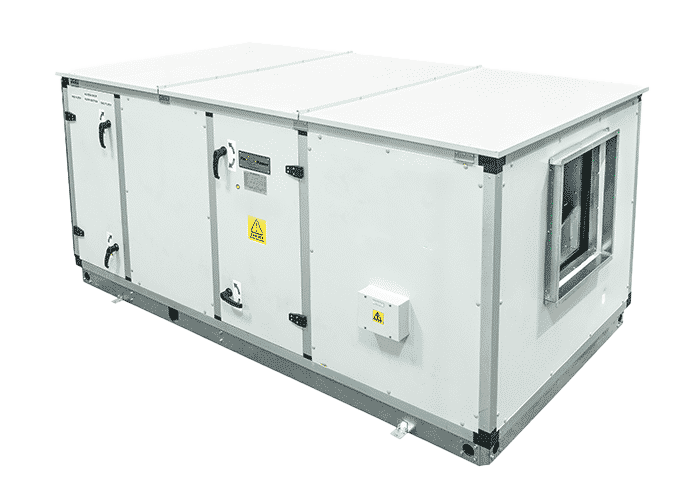 Air Handling Unit
Air Handling Unit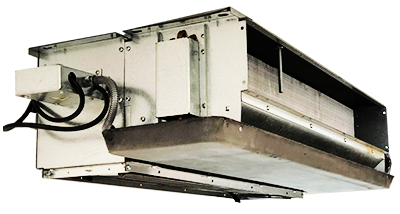 Fancoil
Fancoil Mono Block Burner
Mono Block Burner Dual Block Burner
Dual Block Burner Pre Mix & Semi Pre Mix Burner
Pre Mix & Semi Pre Mix Burner Power Plant Burner
Power Plant Burner RO Water Desalination
RO Water Desalination Water Physical Filter
Water Physical Filter ION Exchange Filter
ION Exchange Filter Chemical Dosing Package
Chemical Dosing Package Heatco
Heatco Transheat
Transheat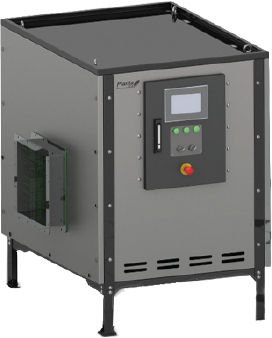 Planta
Planta Reco
Reco




